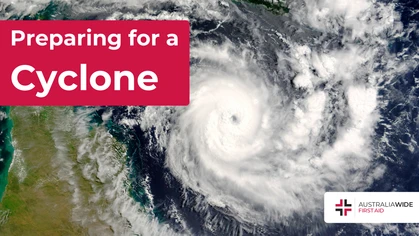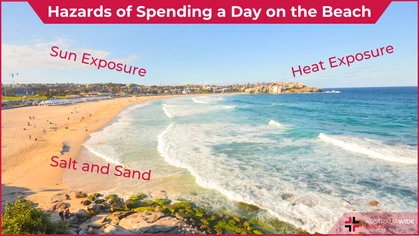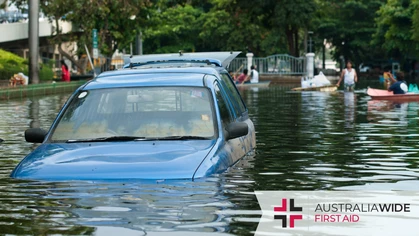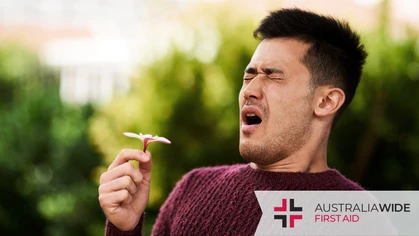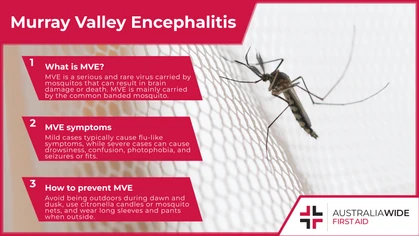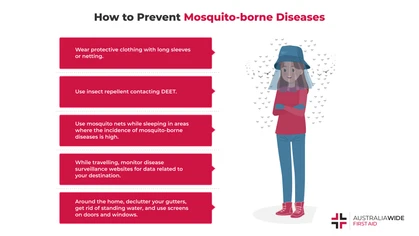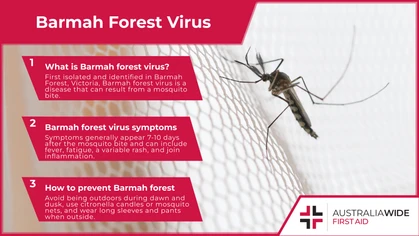Protective Clothing for Bushfires

Seasonal Concerns
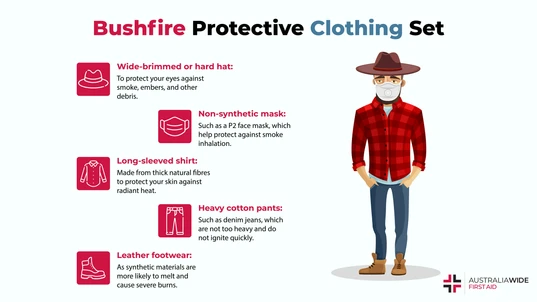
Readying protective clothing is essential for bushfire season, especially if you choose to defend your home. Protective clothing can reduce your risk of injury from radiant heat, embers, and other debris in the air.
Unbeknownst to many people, Australia’s bushfire season runs almost all year round. For instance, while people in southern and central Australia should be on high alert for bushfires from spring to autumn, people in northern Australia are more likely to come under the threat of bushfires from autumn to spring. As well as wreaking havoc on the natural and built environment, bushfires are incredibly deadly to humans. In fact, the 2019/2020 summer bushfire season claimed 33 lives (according to the World Wildlife Fund). Bushfires can cause injury and death in several ways, including burns, damage to the eyes from smoke or floating embers, and cardiac and respiratory problems due to smoke inhalation. One way that people can avoid injuries during bushfires is by wearing the correct protective clothing. Regardless of whether you are evacuating or staying to defend your home, protective clothing can form an invaluable barrier between your body and the ‘apocalyptic’ conditions that bushfires can trigger.Main bushfire factors that cause injuries
As we mentioned earlier, bushfires can cause death and injury in several ways. It is worthwhile to take a closer look at how bushfires can cause harm, so you can appreciate the difference that protective clothing can make:- Falls from roofs: Bushfires notwithstanding, falls are Australia’s largest contributor to hospitalised injuries and a leading cause of injury deaths (according to the Australian Institute of Health and Welfare). Falls can result in fractured bones and traumatic head injuries. In the event of a fractured bone, you should never attempt to splint the injured area. Instead, call Triple Zero (000) for an ambulance and keep the casualty in a comfortable position while supporting the injured area. In the event of a head injury, apply basic wound care and consult a medical professional for advice on how to proceed safely.
- Smoke: A government inquiry found that smoke from Australia’s 2019/2020 summer bushfire season was linked to more than 445 deaths (according to the BBC). As wood and bushland burns, it releases small particles and harmful gases into the air, including carbon monoxide, nitrogen oxide, and carbon dioxide (among many others). This can diminish the air quality, irritate sensitive airways, and trigger asthma. If a person has inhaled smoke, try to get them into fresh air or otherwise filter the smoke using a cloth or P2 mask. Head to our article on bushfire first aid tips for more information.
- Flames: According to the Australian Institute of Health and Welfare, flames were one of the primary contributors to deaths from thermal causes in 2019-2020. Flames can result in burns ranging from superficial to full thickness, where damage occurs all the way to the layer of fat beneath the skin. Full thickness burns can also destroy nerve cells. Relatively superficial burns can be treated by firstly removing the source of the burn, cooling the burn with cool running water, and then covering the burn with a light, non-stick dressing. You should call Triple Zero (000) for an ambulance if the burn is large, deep, or involves other complications as listed in our article on first aid treatment for burns and scalds.
- Sparks: Sparks are incandescent particles of wood and other carbon-based material. Sparks can enter the eye and cause severe injury. Minor eye injuries can generally be treated by irrigating the eye with a steady stream of saline solution until the foreign object is washed out. If this doesn’t work, however, you may need to cover the injured eye with a dressing and seek medical attention. While waiting for medical attention, it is important to lay the casualty flat, reassure them, and cover their unaffected eye to stop the injured one from moving. In saying that, you should not cover the unaffected eye if the casualty becomes anxious.
- Embers: An ember is a hot lump of slowly burning solid fuel, such as wood, coal, or other carbon-based material. In some cases, embers can be as hot as the fire in which they were created. As such, just like flames, embers can cause burns ranging from superficial to full thickness.
- Extreme heat: According to the Bushfire Foundation, bushfire flames can get as hot as 1100 degrees Celsius. As such, extreme heat is a major cause of death during bushfires, as it can result in heat exhaustion. Heat exhaustion occurs when the body absorbs or generates more heat than it can release. If left untreated, heat exhaustion can quickly progress into heat stroke, a condition in which the body's temperature regulation centre is rendered inoperable. Without prompt medical attention, heat stroke can damage vital organs and result in death. Head to our article on Heat Stroke First Aid for more information.

To keep yourself safe during bushfires, the NSW Rural Fire Service (RFS) recommends a protective clothing set comprising mostly non-synthetic materials, as synthetic materials can melt and stick to the skin once ignited.
Protective clothing
In the event of a bushfire, the NSW Rural Fire Service (NSW RFS) recommends avoiding clothes that are made from synthetic fibres, as these are more likely to melt and burn. Instead, you should wear loose fitting clothes that are made from natural fibres. The best materials for providing protection against bushfire injuries include:- Heavy cotton drill: A durable cotton fabric that is made with a twill weave. As such, it is sturdy without being too heavy or rigid.
- Pure wool: Pure wool is made from sheep fleece. It is naturally flame resistant and does not melt, drip, or stick to the skin when it burns.
- Denim: Like drill, denim is a strong cotton fabric that is made using a twill weave. As denim has a relatively high fabric weight, it does not ignite as quickly as lighter fabrics, such as silk.
According to the NSW RFS, your protective clothing set should include:
- A pair of heavy cotton pants to protect your skin against radiant heat, embers, and other debris. This could include denim jeans, oil free drill pants, or cotton overalls.
- A long-sleeved shirt to protect your skin against radiant heat, embers, and other debris. This shirt should be made from thick natural fibres like cotton or wool, and could include a cotton drill work shirt.
- A thick pair of woollen or cotton socks.
- A pair of durable leather work boots or shoes. In combination with a thick pair of socks, a durable pair of shoes can protect your skin against radiant heat, embers, and other debris.
- A wide-brimmed hat or hard hat to protect your head and back against floating embers.
- Glasses or goggles to protect your eyes against smoke, embers, and other debris.
- A pair of gardening gloves or something similar to protect your skin against embers and other debris in the air, and any heat radiating from objects on your property.
- A non-synthetic mask or cloth to help stop you from inhaling smoke, ash, and embers.
Final thoughts
Readying protective clothing is essential for bushfire season, especially if you choose to defend your home. Remember, you should not stay to defend your home if you are not physically, mentally, or emotionally prepared. Head to our Resource Library for more information on when it is and is not appropriate to defend your home against a bushfire. And for more details on how to best prepare your home for bushfire season, read the NSW RFS's Bush Fire Survival Plan and our article, How to Prepare your Home for a Bushfire.
Originally published at
https://www.australiawidefirstaid.com.au/resources/protective-clothing-bushfires
as part of the Australia Wide First Aid Articles Library

